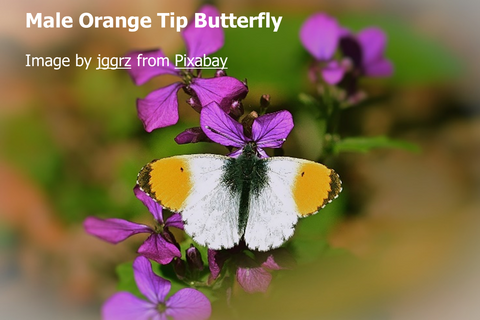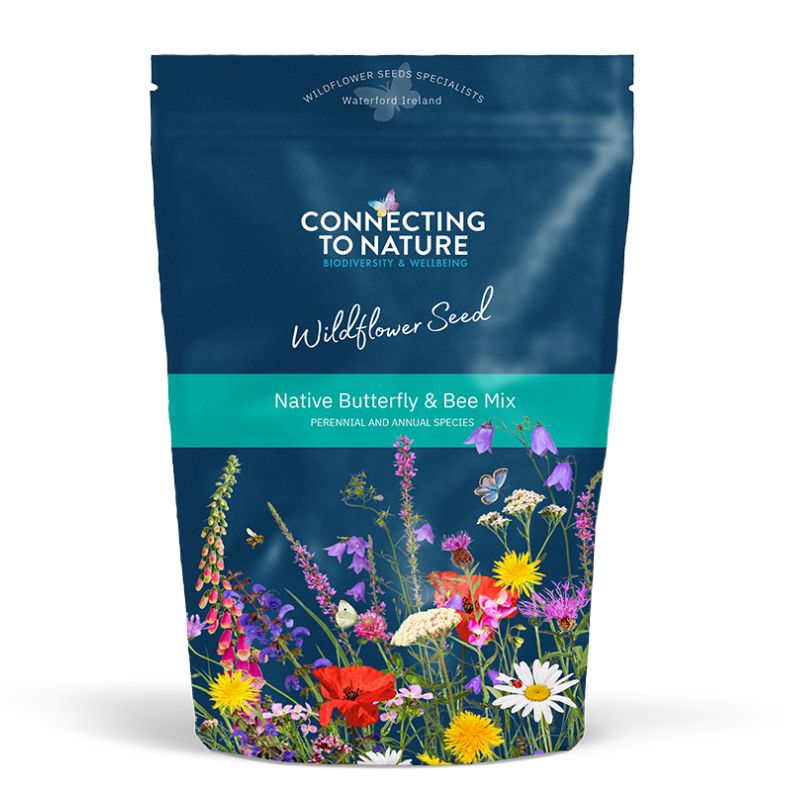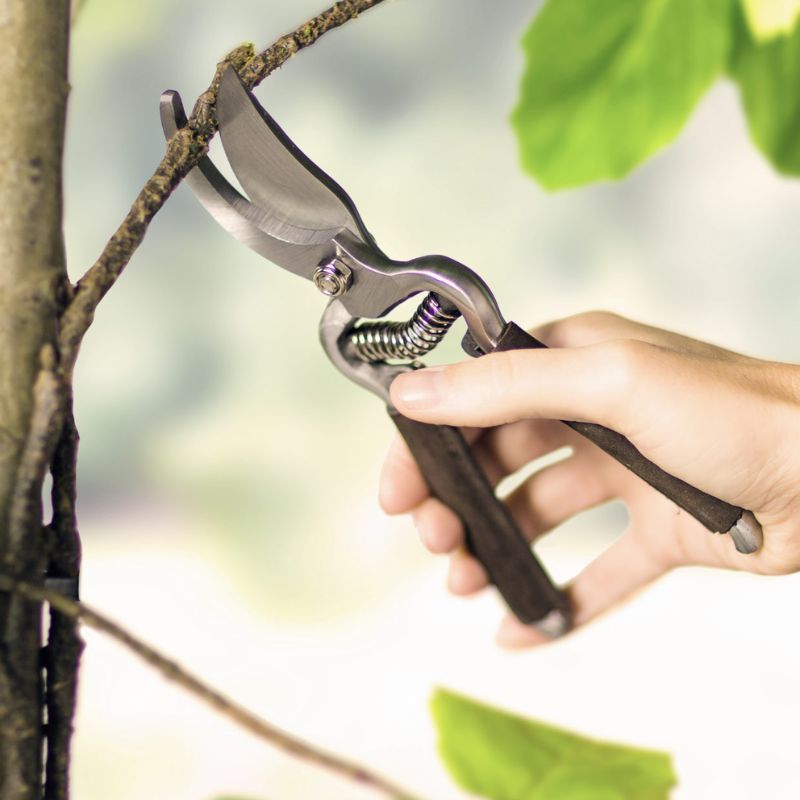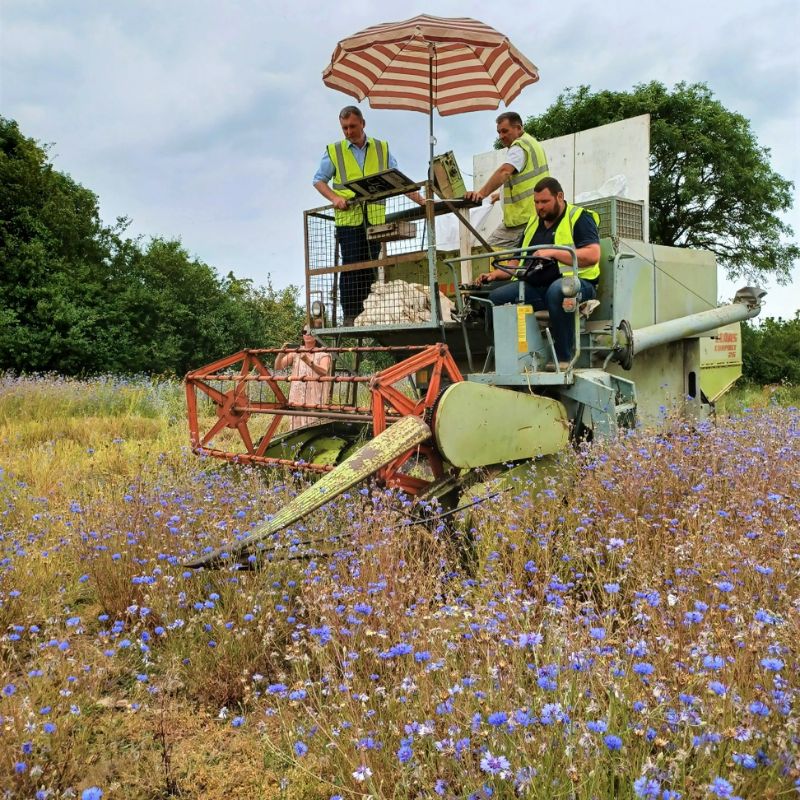Are you plant blind?
It appears to be in engrained in our nature (excuse the pun!) to ignore the ordinary weed-type plants that grow in our lawns, or alongside kerbs or roadsides. They are often even seen as ‘untidy’. The human tendency to ignore the greenery around us is actually quite well-studied and has been coined ‘plant blindness’.
As I’m sure you might have done when you saw the title of this blogpost, my horticulture students also raise eyebrows when within the first week of meeting them, I mischievously accuse them of being plant blind – of all students, they should be the ones who really appreciate plants, right? Don’t get me wrong – my horticulture students do indeed love plants and landscapes and all the bird, insect and vertebrate life that interact with it, but they are not immune to their own unconscious bias - Let me explain.
A study pitted psychology students against botany students in an image recall test. All the students were shown photos of the same number of recognisable plants and animals and after a distraction task, they were asked to list the images they could remember. The psychology students recalled more animal images – but surprisingly, so did the botany students! In another study, students were asked to view images of felled trees, or a bird covered in an oil spill. They were asked to stand in the bird’s or tree’s shoes so they could see the organisms’ plight from its own perspective – then they were given a fictional sum of money to contribute to either an animal charity, or an environment conservation charity. They always contributed more money to the animal charity.
There are many more studies showing similar findings, and there are many theories as to why people might be plant blind or unconsciously biased towards animal life. For instance, plants don’t usually move and to the untrained eye, a nettle on one side of the road, can look identical to a nettle on the other side. As well as that, plants grow in clumps that are sometimes so dense that all we really see is a few shades of green – and if the viewer is on the move: walking, cycling, or in a car, that clump will just become a green blur. Another explanation might lie in the motivations of our ancestors thousands of years ago who survived as hunter gatherers – they had to keep a close watch on the animals that might harm humans, and indeed they needed to catch the high calorie animal prey that humans needed to consume to survive. The best hunters lived to send their genes into subsequent generations so perhaps our tendency to keep tabs on the animals in our vicinity is now hard wired in our genes.
As well as that, human prefer to see what is in a 15 ° arc from our horizontal line of sight - (Check out the 15° lab for more information on that!) and some people are colour blind. It might also be at least partially down to the way we are taught as children - in school, we saw animal examples in our textbooks, and our cartoons were dancing bears rather than pretty animated flowers.
But all hope is not lost. I want you to think of a person you know who is in tune with nature –in particular, I want you to think of someone who can identify a few of the weeds in your locality, or the different shrubs and trees of our native hedges. Did they like to garden, or grow their own food with a parent, or a grandparent? I’d wager my own fictitious sum of money on it that they did - In fact, research has shown that whenever someone with an appreciation of plants spends some time passing their passion, interest and knowledge on to the next generation, you are usually guaranteed to mould that youngster into a plant and environment-appreciating adult.
But with all my efforts to convince you, I know I would probably still hear murmurs of “Plants are still not as interesting as insects or animals, Cara!”
I know that plant knowledge can be a ‘hard sell’ at times. But I persist, because if we don’t have a good biodiverse ecosystem of plants, we won’t have the insects and bees that depend on those plants for their life cycles and food; if we don’t have bees, we can’t pollinate our fruit and vegetable crops, and suddenly our dinner plates would become a whole lot less colourful and nutritious. In essence, if we don’t value the plant life, there is no point valuing the insect and animal life because it will disappear too.
It is interesting that once we get to learn the name of a plant, we automatically value it more. For me, the new flush of growth that heralds spring and summer brings with it a pleasant comfortableness that makes me feel like I’m meeting old friends again. “Hello common centaury old pal, and a hat tip to you too little bee orchid”. Once you get to know their names, there’s a fondness that sets in which lasts for life.
So let me introduce you to a pair that I hope will become old friends to you. Meet the orange tip butterfly and the cuckooflower plant.


In April, you’ll notice these butterflies bouncing around the wilder parts of your locality looking for their larvae’s favourite food sources. One of the plants their caterpillar particularly likes is Lady’s Smock which is sometimes called the Cuckooflower (Cardamine pratensis) and is found in lawns and road verges around Ireland.
The female butterfly lays a cone-shaped pheromone-infused egg on the stem of the host plant and the egg quickly turns an orange colour soon after it is deposited. In my experience the egg is almost always attached to the stem just under a flower head – which is revealed to be an important strategy, because if pollination is successful, that flower will eventually become a tasty seed pod!

Remarkably, it is unusual to find more than one orange tip butterfly egg on a single plant, as the first larvae to hatch will eat the other eggs! – Isn’t it amazing to think that 1000s of years of evolution has taught these butterflies to flutter on by if the plant already has an egg on it?

The hungry caterpillar soon hatches and immediately dines on the egg case and then starts munching on the plant’s seed pods.
Over a few days, the caterpillar eats its way to being 10 times its original size until eventually it is ready to pupate. It forms a cocoon on the plant stem, and eventually emerges as an adult orange tip butterfly later.
The leaves of cuckooflower plants are hardly noticeable in a lawn, and you really have to search for the tiny caterpillars and know what you’re looking for. It makes my heart sink to think that 100s of 1000s of these common weeds, along with the caterpillars and eggs are destroyed by lawnmowers each spring. If only we all looked closer and tried to get to know the plants in that green blur around us – Like this one, there are so many more botanical treasures to learn about!
Look closer, and you will discover amazing things, right on your doorstep.
Dr. Cara Daly is a plant scientist and the programme leader for the WIT BSc. in Horticulture in Waterford Institute of Technology. You can follow Cara on Instagram (@caratdaly) to see many more of the plant and insect treasures found in our gardens.













